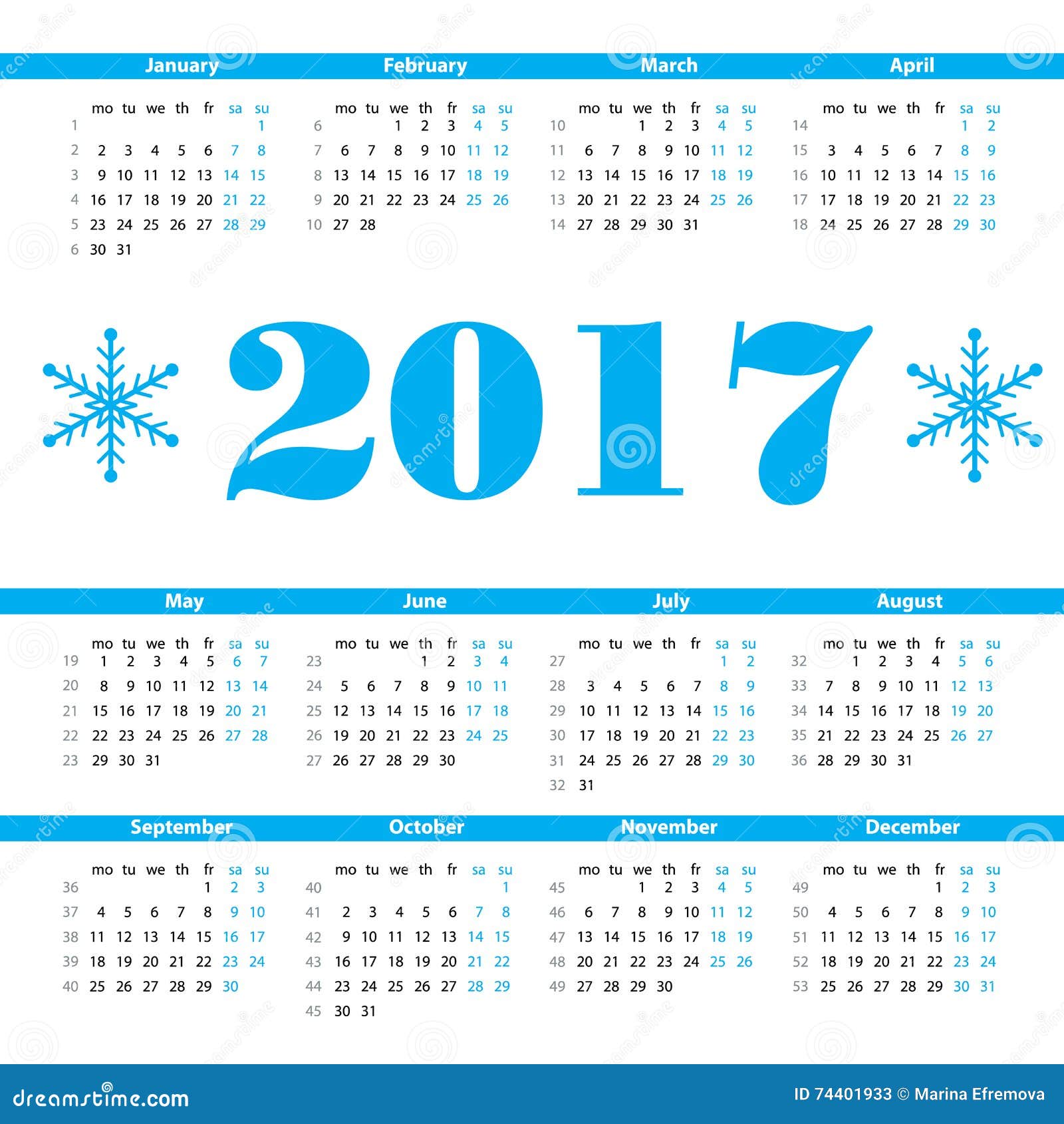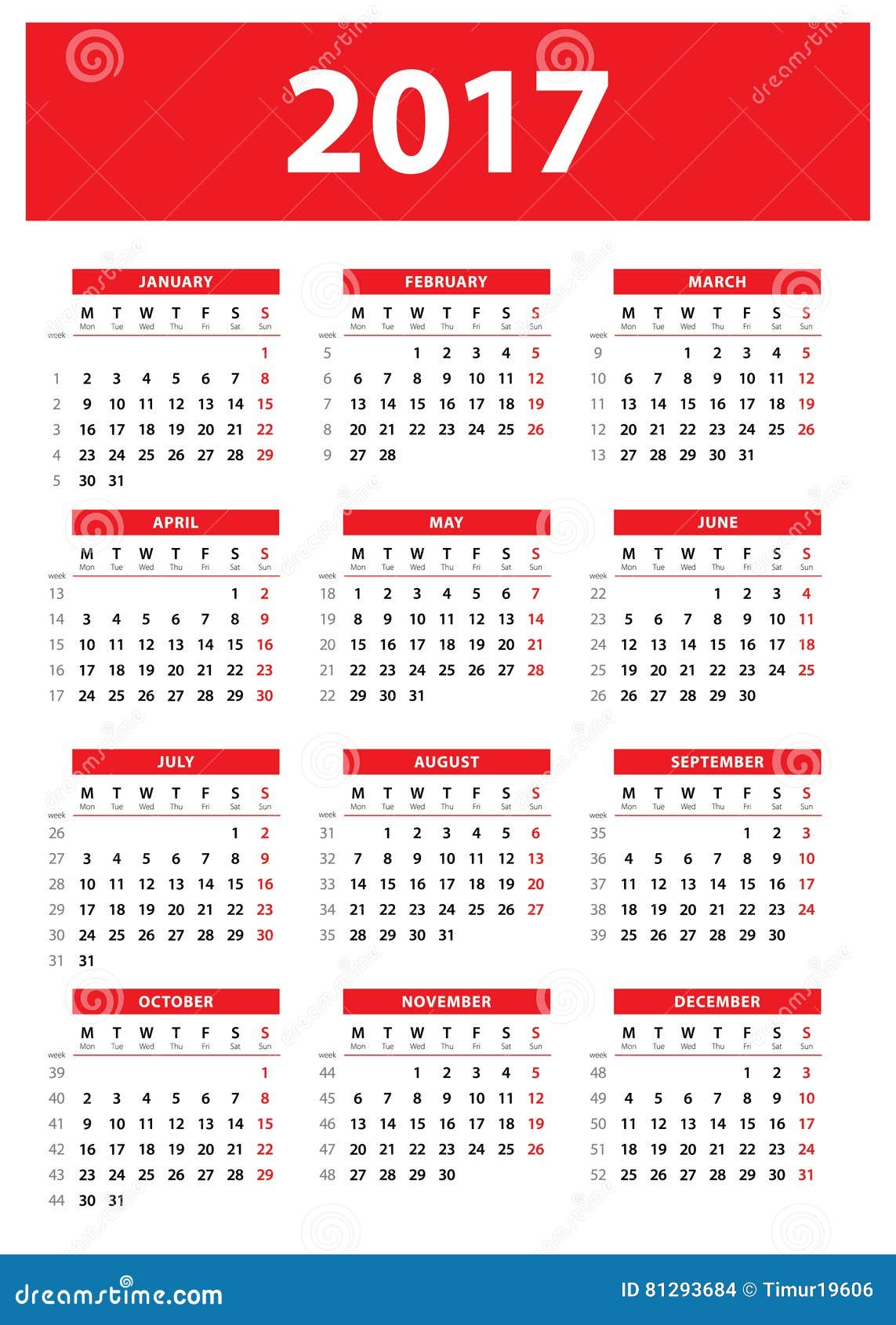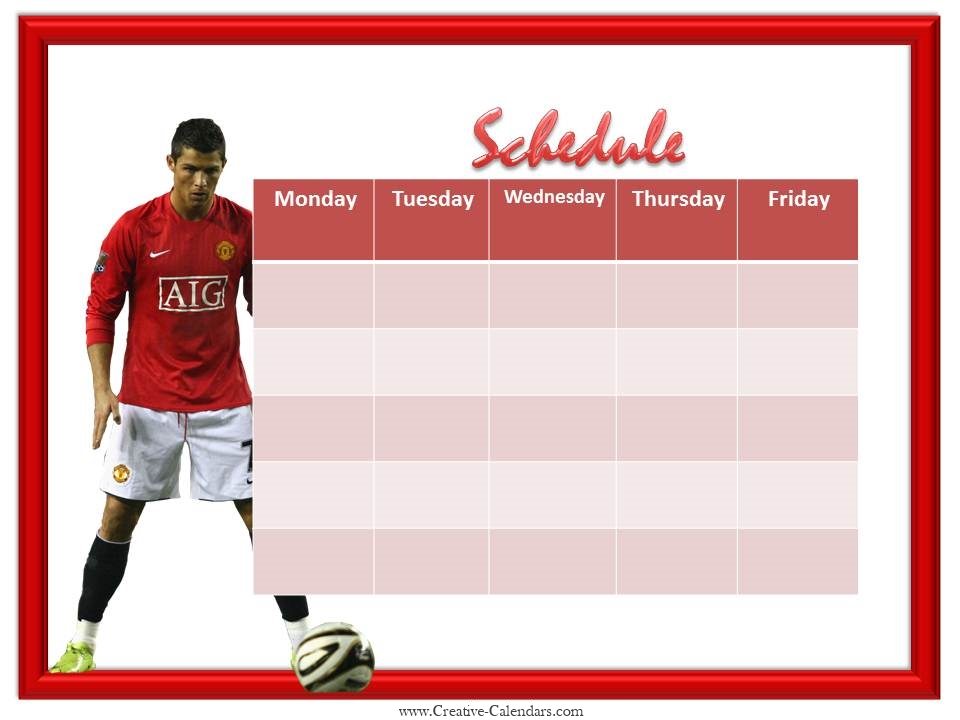

A year was 365.25 days, and a month was 29.5 days. Ī third version is the balanced calendar ( 調曆 调历). The 10 Heavenly Stems and 12 Earthly Branches were used to mark days. A year had 12 months, with a ten-day week intercalated in summer as needed to keep up with the tropical year. The weeks were ten days long, with one month consisting of three weeks. Other days were tracked using the Yellow River Map ( He Tu).Īnother version is a four-quarters calendar ( 四時八節曆 四时八节历 'four sections, eight seasons calendar', or 四分曆 四分历). Years began on a jiǎzǐ ( 甲子) day (and a 72-day wood phase), followed by a bǐngzǐ day ( 丙子) and a 72-day fire phase a wùzǐ ( 戊子) day and a 72-day earth phase a gēngzǐ ( 庚子) day and a 72-day metal phase, and a rénzǐ day ( 壬子) followed by a water phase.

Each phase consisted of two three-week months, making each year ten months long. A phase began with a governing-element day ( 行御), followed by six 12-day weeks. A 365-day year was divided into five phases of 73 days, with each phase corresponding to a Day 1 Wu Xing element. One version of the solar calendar is the five-elements calendar ( 五行曆 五行历), which derives from the Wu Xing. Solar calendars were used before the Zhou dynasty period. The traditional Chinese calendar was developed between 771 and 476 BCE, during the Spring and Autumn period of the Eastern Zhou dynasty.
Calendar by week number 2017 full#

Years start on the second (or third) new moon after the winter solstice. ĭays begin and end at midnight, and months begin on the day of the new moon. Calendars in Mongolia and Tibet have absorbed elements of the traditional Chinese calendar but are not direct descendants of it. The traditional Japanese calendar was also derived from the Chinese calendar (based on a Japanese meridian), but its official use in Japan was abolished in 1873 due to reforms after the Meiji Restoration. Korea, Vietnam, and the Ryukyu Islands adopted the Chinese calendar, and evolved it into Korean, Vietnamese, and Ryukyuan calendars, with the main difference from the Chinese calendar being the use of different meridians due to geography, which leads to some astronomical events - and calendar events based on them - falling on different dates. Like Chinese characters, variants of Chinese calendar were used in different parts of the East Asian cultural sphere throughout history. continues to announce the months and dates in both the Gregorian and the traditional lunisolar calendar.

The evening state-run news program Xinwen Lianbo in the P.R.C. It also provides the traditional Chinese nomenclature of dates within a year which people use to select auspicious days for weddings, funerals, moving or starting a business. In China, it is defined by the Chinese national standard GB/T 33661–2017, "Calculation and Promulgation of the Chinese Calendar", issued by the Standardization Administration of China on May 12, 2017.Īlthough modern-day China uses the Gregorian calendar, the traditional Chinese calendar governs holidays, such as the Chinese New Year and Lantern Festival, in both China and overseas Chinese communities. The traditional Chinese calendar (also known as the Agricultural Calendar, Former Calendar, Traditional Calendar ), is a lunisolar calendar which identifies years, months, and days according to astronomical phenomena.


 0 kommentar(er)
0 kommentar(er)
